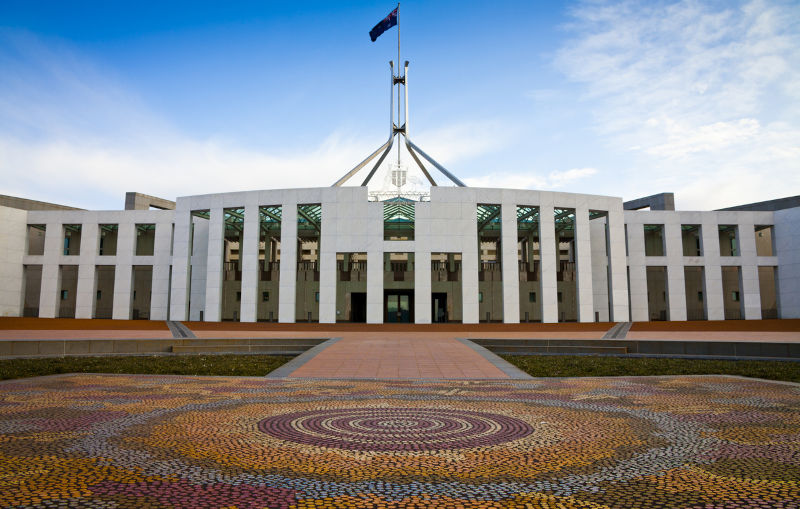What will follow the referendum?
October 14, 2024
It is not surprising that so many of us believed that after the Voice Referendum 2023 Indigenous people would be recognised in the Australian Constitution and their voices valued.
The Uluru Statement from the Heart was so much more than a request to be heard. It was a generous gift from First Nations offering all Australians the opportunity to put the past behind us and to work in harmony to build our society based on equality and respect.
Sadly, not only was the referendum lost but there has been little official response by the Federal Government to take charge of a fresh direction. Understandably it was important to allow time for community grieving and re consideration of how best to rebuild trust in a fresh process . However, after almost twelve months’ silence. it is time to ask just what is the Federal Government now planning ? It is estimated that 6 million Australians maintain their commitment to the Uluru Statement from the Heart, but it seems there is no current vision from the Federal Government to lead a new way forward supporting First Nations to achieve the recognition denied by the formal referendum process.
Western Australian Greens Senator Dorinda Cox introduced the “Truth and Justice Commission Bill 2024” in July to create an independent body that aims to establish an intergenerational project of change between First Nations People and non-Indigenous Australians This is a welcome initiative to formalise a community led discussion of truth telling, justice and the responsibilities of the Federal Government. However, there are some concerns about the way this legislation would be implemented to ensure it does achieve significant outcomes long overdue in Australia. The current proposal relies on a legal framework, which appears to be inconsistent with encouraging national truth telling opportunities around Australia.
The Uluru Statement was the result of a national bipartisan led government process with broad participation of Indigenous communities around Australia. Therefore, it is the most significant First Nations statement to be developed. It must not be ignored, because it provides a roadmap for the future.
The current proposal is for State based representatives to be appointed to the Commission However, this would not necessarily represent indigenous Australians located in remote and regional Australia and could be dependent on a government selection process. The number of Truth and Justice Envoys should be determined by the Australian Electoral Commission with knowledge of the location of indigenous populations .
The legislation envisages a standard Commission inquiry time frame with a final report and recommendations . This option is not adequate as comparable past inquiries have resulted in recommendations being delayed or ignored with limited response or action from governments.
There are already truth telling and justice processes underway in Victoria, South Australia and Queensland, with most other states considering future policy for state or regional based treaties. Therefore, while the focus at national level must be maintained, it will be important for there to be cooperation with those working at other levels of government .
On September 13, 2007, 144 nations voted in the General Assembly to support the UN Declaration of Indigenous Rights. But Australia, New Zealand, Canada and the United States voted against. By 2009 Australia formally endorsed this Declaration and committed to take action to implement indigenous people’s enjoyment of rights on an equal basis . However, fifteen years have passed and in 2022 the Law Council of Australia noted the Federal Government “was yet to recognise and implement these international standards in a formal and comprehensive way.” Therefore, it is essential the Federal Government now fully incorporate the United Nations Declaration of Indigenous Rights into national law. Indigenous rights protection has become more urgent since the loss of the Voice Referendum in 2023.
A formal agreement, compact or treaty between First Nations and the Australian Government has been long debated but never achieved by successive national administrations. This brief summary below should remind all Australians of the continued efforts by indigenous peoples to achieve recognition , equality and participation in Australia’s democracy.
1923: Frederick Maynard formed the Australian Aboriginal Progressive Association to campaign for citizenship rights and fight discrimination.
1958: The Federal Council for Aboriginal Advancement was established to amend the Australian Constitution to give the Federal Government power to legislate for Aborigines as with all other citizens.
1966: The Yolngu people of Yirrkala, faced with 140 square miles being excised from Arnhem Land for Nabalco bauxite mine, sent two bark petitions to the Federal Government seeking recognition of their traditional lands.
1972: The establishment of the Aboriginal Tent Embassy in Canberra attracted international attention to Australia’s unresolved relationship with its First Nations.
1973: The National Aboriginal Consultative Committee was established with the objective of ensuring Aboriginal views were considered in policy formation and implementation.
1975: The Australian Senate unanimously approved a motion moved by first Aboriginal Senator Neville Bonner that the Australian Government admit prior ownership by indigenous people and introduce legislation to compensate for dispossession of their land.
1982- 1992: Eddie Mabo, Dave Passi and James Rice brought an action against Queensland and the Commonwealth claiming “native title “ to Mer (Murray Islands) The judgement of the High Court of Australia in the Mabo Case No 2 introduced the principle of native title into the Australian legal system.
1990- 2005: The Aboriginal and Torres Strait Islander Commission was an elected body of twenty Aboriginal and Torres Strait Islander commissioners formally involved in the processes of government affecting the lives of indigenous Australians.
How many more years will First Nations people be expected to wait before an Australian Government offers recognition and an equal partnership?

